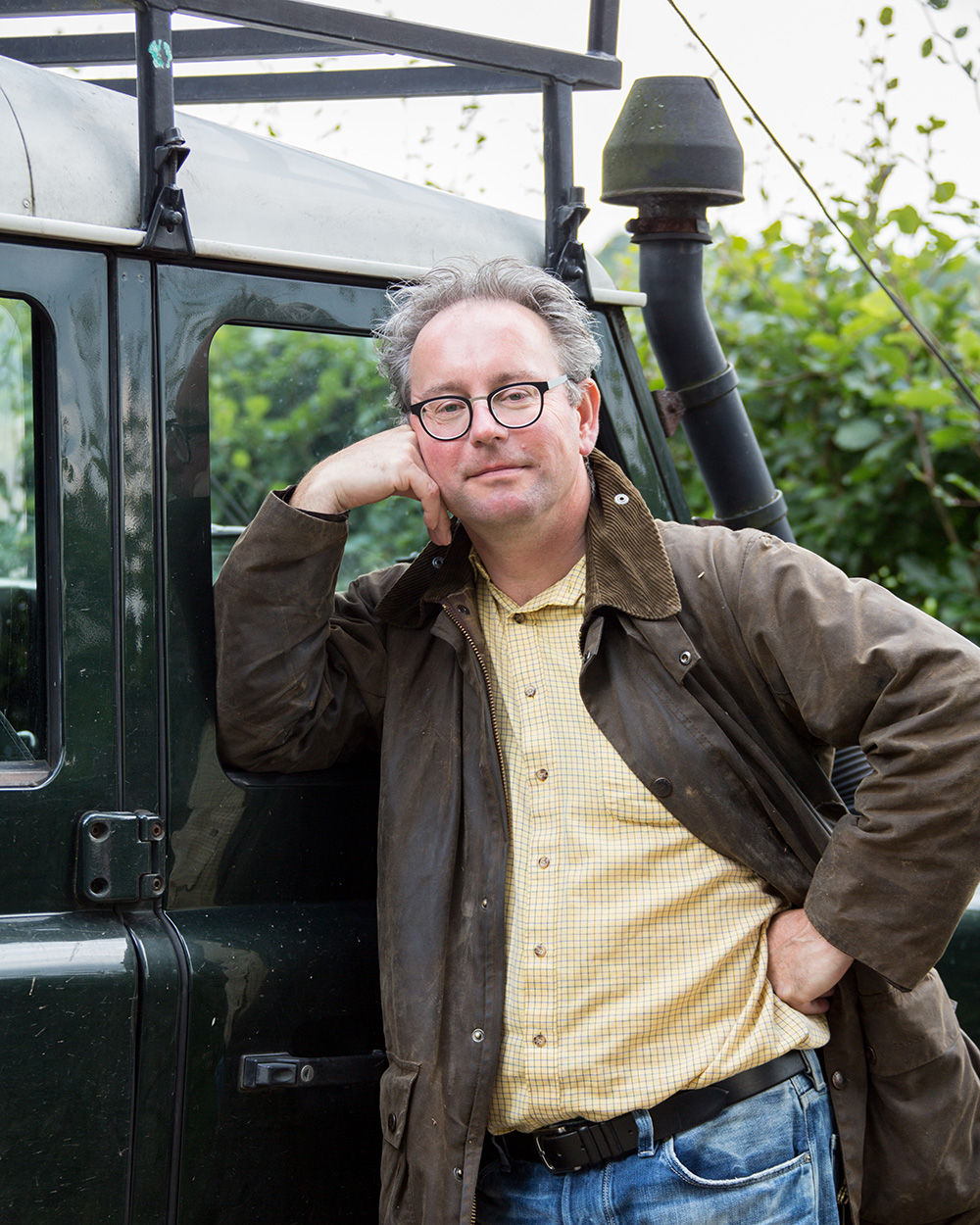Last leads, new beginnings (part 4)
By: Mario Broekhuis

Of all the carriages in the depot of the National Carriage Museum in Leek, the Grand Duc was actually something of a canary in the mine. Years ago this coach was the first to show that something had to be done about the climate in the depot, because the paint on the side panels was peeling off. This also endangered the beautiful coats of arms that were painted on them. Fortunately, action was taken at that time. The peeling paint was temporarily fixed to prevent further decay and the climate was improved. We are now six months along the way and the restoration of the Grand Duc is coming to an end. The undercarriage has been put back together, the buck cushion has been covered with new cloth, removable rugs have been made to protect the old linoleum on the floor, and the hood frame has been shiny polished.
And only now is Maria Stolk working on those panels that once made restoration so urgent. That seems odd. "Not at all," Maria is resolute, "those panels are still the most vulnerable. You don't want to think about it, that you preserve them perfectly and then you have to grease the leather cover or polish something. Then there is a good chance that dust or a splash of dirt will get on them again. That's why I do this as the very last thing." It's still not easy for her to clean and fill in the missing paint. "Notice that tiny pieces of paint have broken off from the coat of arms. Those pieces have fallen behind the chipped paint and now form a lump. Even with surgical technique, you can't get that out. I have to try to make of it what is possible." To perfect the coats of arms again, the painter Piet Eggen, who has been working on the heraldry on the hunting break before, will visit soon.
"Oh, oh," Piet Stolk sighs as he takes another good look at the next carriage at Castle de Haar, namely the Calèche. He has hoisted the body off the undercarriage and with that, number in the project now lies apart. But the upholstery is in an even worse condition, than thought, the tiller tree doesn't fit for a meter and a lamp appears to have fallen upside down in the past. Of course they made an appraisal beforehand, but only when you carefully dismantle such an object and take a really good look at it can it still be better or worse. "Let's discuss it with project manager Claas Conijn, because what is wise," is the Stolk couple's plan. They are going to figure that out together.
The four carriages in this project come from the management of Borg and Nationaal Rijtuigmuseum Nienoord and are transferred to long-term loan by Kasteel De Haar. This project has been made possible in part by VZW Pater David, Prins Bernhard Cultuurfonds, Stichting Bonhomme Tielens, VSB Fonds, Mondriaan Fonds and Stichting kasteel de Haar. The Hippomobile Heritage Foundation is supervising the implementation and providing communication.
 Mario Broekhuis (51), a stewardship graduate, feels completely at home at a historic country estate like De Haar. Moreover, he knows alesson of carriagesand can tell wonderful stories about it. That's why on this page Mario gives us a monthly update on the progress of the restoration of three carriages for De Haar. The three carriages in this project come from the management of Borg and Nationaal Rijtuigmuseum Nienoord and are transferred to long-term loan by Castle de Haar. This project has been made possible by VZW Pater Davids, Prins Bernhard Cultuurfonds, VSBfonds, Stichting Bonhomme Tielens and Stichting kasteel de Haar. The Hippomobile Heritage Foundation is supervising the implementation and providing communication.
Mario Broekhuis (51), a stewardship graduate, feels completely at home at a historic country estate like De Haar. Moreover, he knows alesson of carriagesand can tell wonderful stories about it. That's why on this page Mario gives us a monthly update on the progress of the restoration of three carriages for De Haar. The three carriages in this project come from the management of Borg and Nationaal Rijtuigmuseum Nienoord and are transferred to long-term loan by Castle de Haar. This project has been made possible by VZW Pater Davids, Prins Bernhard Cultuurfonds, VSBfonds, Stichting Bonhomme Tielens and Stichting kasteel de Haar. The Hippomobile Heritage Foundation is supervising the implementation and providing communication.
